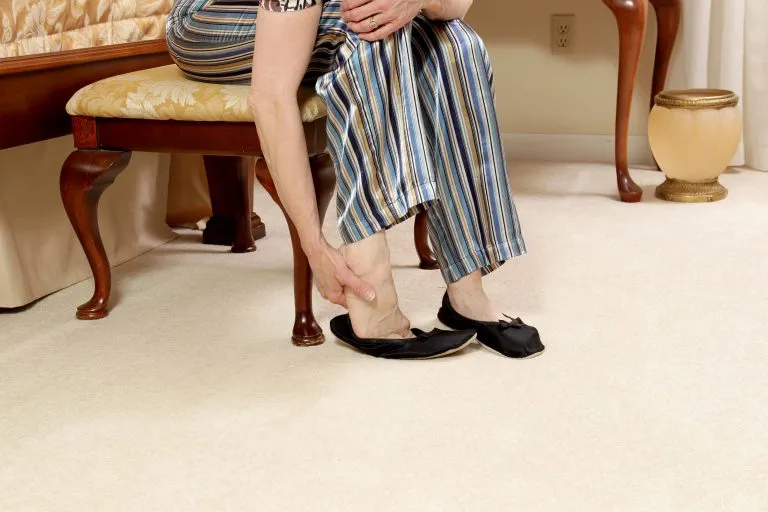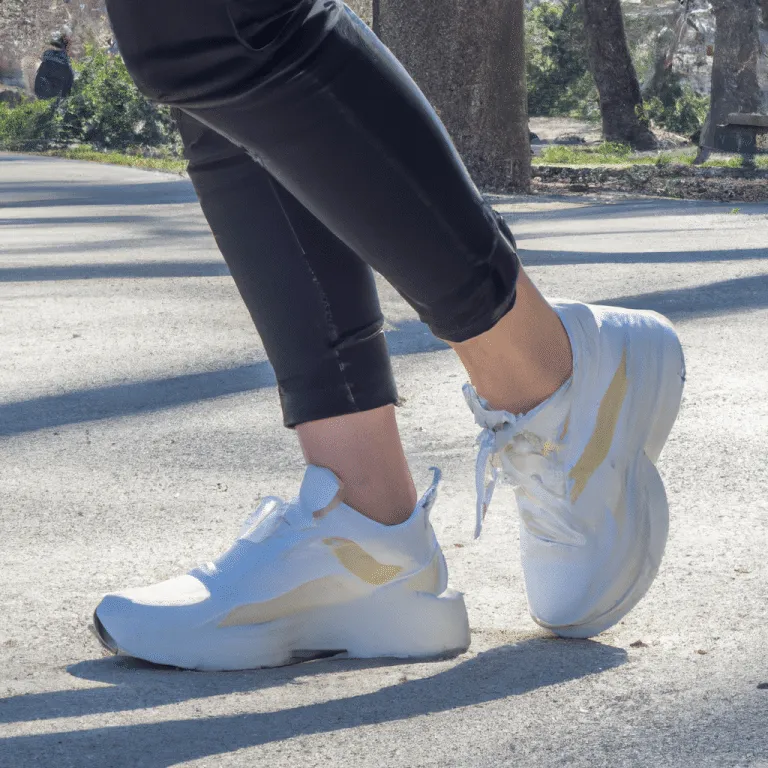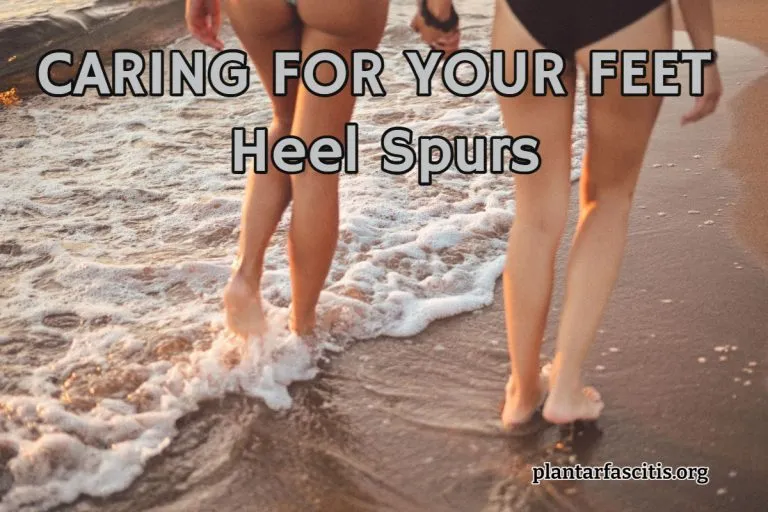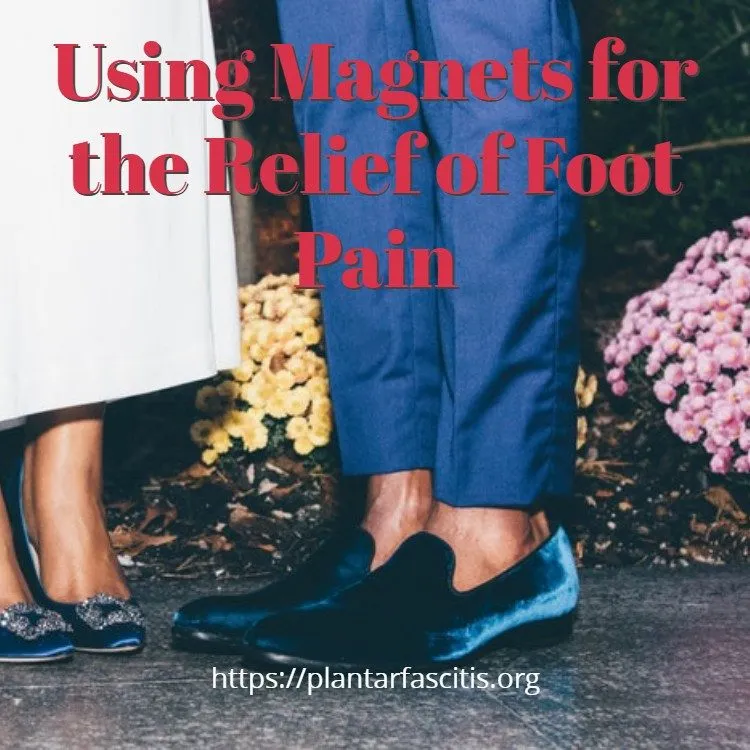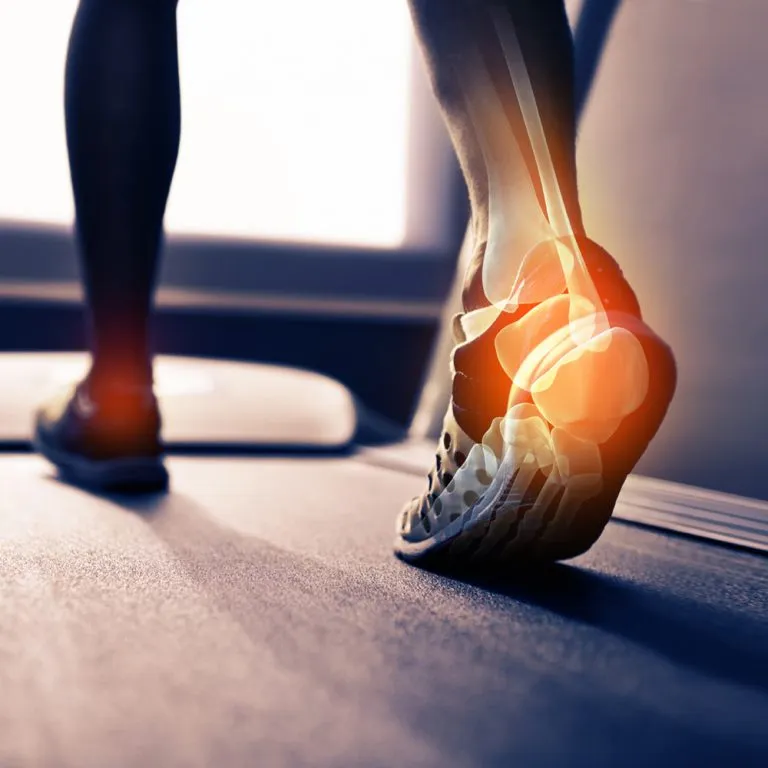Foot Care- Tendonitis
Tendonitis is an inflammation of a tendon caused by an injury.
Muscles end as tendons, and it is the tendons that allow muscles to attach to the bones or joints of the body.
You can easily see tendons on the back of the hand or top of the foot by moving a finger or toe. The tendon moves back and forth as you move the finger or toe.
Most of the tendons in the feet, especially those on the top, are very close to the skin and are not well protected.
Thus, they can easily be injured. Injuries that frequently cause foot tendonitis include:
1) Twisting injuries of the foot and ankle.
2) Dropping an object on foot (it does not have to be a heavy object, all it has to do is hit the tendon directly).
3) Tight shoes.
4) Tying shoelaces too tightly.
5) High heel shoes (especially if you are not used to wearing them).
6) Overdoing any weight-bearing activity, such as running too far.
See a doctor immediately if a cut or break in the skin is associated with a tendon injury.
Tendons have few blood vessels; an open wound down to the tendon can cause a severe infection. Because of their poor vascularization, tendons heal slowly.
Is It Tendonitis or Carpal Tunnel Syndrome?
Tendinitis and Carpal Tunnel Syndrome (CTS) are two different conditions, though they may feel similar as both can cause pain in the wrist and hand.
They can be distinguished based on their symptoms:
Tendinitis:
- Tendinitis is inflammation or irritation of a tendon.
- Symptoms typically include pain or tenderness around a joint which worsens with movement.
- You might also experience mild swelling.
Carpal Tunnel Syndrome:
- CTS is caused by pressure on the median nerve as it travels through the carpal tunnel in the wrist.
- Symptoms generally include numbness or tingling in the thumb, index, middle, and ring fingers. Pain might also radiate up toward the arm.
- Symptoms often occur at night and can interfere with sleep.
It’s important to seek medical advice if you’re experiencing persistent symptoms.
Your doctor may suggest tests such as a physical examination, X-ray, ultrasound or nerve conduction study to diagnose your condition accurately.
Self-treatment should begin immediately after the injury, with a careful foot examination.
- Make sure that the tendon is not torn through and through. You must see a doctor immediately to repair the tendon if it is severed.
Severe injuries can sever a tendon without a skin laceration being present. Testing involves moving the toes and foot to see if the tendon moves.
If the tendon does not appear to move, it may be severed (comparing the injured tendon and its movement to the same tendon on the uninjured foot may help).
- If there are extreme swelling and pain (out of proportion to the amount of trauma received), you may have sustained a vascular injury. This type of injury must be seen immediately by a doctor. If you are not sure, see a doctor.
- If you have multiple injured areas, see a doctor immediately to prevent excessive swelling and pain.
If the above exam is negative, then you may proceed with self-treatment.
- The sooner you begin to treat your injury by following “R.I.C.E.,” the better you will feel:
a. Rest is very important. Take off your shoe, get off your feet, and relax.
b. Ice should be applied as soon as possible. Never apply ice directly on the injured area, as the cold may worsen the pain.
Ice should be applied close to the injured site, between the heart and the injury, so that as the blood flows under the ice, it will be cooled.
This cool blood flowing into the injured area will help to reduce the swelling and pain.
Apply the ice, wrapped in a cloth or over an elastic bandage, to the foot for 30 minutes, every 2 hours, for the first three days after an injury.
If the ice is uncomfortable or causes increased pain, do not continue to use it and see a doctor.
- 𝐁𝐄 𝐀𝐖𝐀𝐑𝐄 𝐒𝐭𝐫𝐨𝐧𝐠 𝐂𝐨𝐦𝐩𝐫𝐞𝐬𝐬𝐢𝐨𝐧 𝐒𝐥𝐞𝐞𝐯𝐞: Our sleeves provides STRONG COMPRESSION for support and effectiveness. Refer to our size chart & take all 3 measurements for Best Fit. If on borderline between sizes – SIZE UP
- 𝐒𝐭𝐫𝐨𝐧𝐠 𝐜𝐨𝐦𝐩𝐫𝐞𝐬𝐬𝐢𝐨𝐧 𝐢𝐧 𝐚 𝐭𝐡𝐢𝐧 𝐬𝐥𝐞𝐞𝐯𝐞: Offers pain relief from arthritis, sprains, muscle fatigue, and stress fractures in a slim, breathable, moisture wicking soft fabric; Ideal for those seeking strong compression socks
- 𝐏𝐫𝐞𝐦𝐢𝐮𝐦 𝐪𝐮𝐚𝐥𝐢𝐭𝐲 𝐬𝐭𝐫𝐨𝐧𝐠 𝐜𝐨𝐦𝐩𝐫𝐞𝐬𝐬𝐢𝐨𝐧: Unique manufacturing process ensures a tight comfortable fit around tendons and muscles to improve blood circulation and reduce inflammation; helps with edema treatment, bunion, and bursitis while providing stability
- 𝐕𝐞𝐫𝐬𝐚𝐭𝐢𝐥𝐞 𝐝𝐞𝐬𝐢𝐠𝐧: Can be worn by itself or under, over your existing socks
- 𝐍𝐨 𝐬𝐥𝐢𝐩 𝐟𝐢𝐭 𝐟𝐨𝐫 𝐚𝐧𝐲 𝐚𝐜𝐭𝐢𝐯𝐢𝐭𝐲: Stay comfortable all day and night during sports and fitness activities like baseball, rucking, running, basketball, soccer, walking, hiking, tennis, volleyball, kickboxing, gymnastics, exercise workout, cycling and more
Last update on 2025-11-19 / Affiliate links / Images from Amazon Product Advertising API
Do not use ice if you have poor circulation, as this may cause a serious problem.
c. Compression is used to limit swelling and support the injured area. Compression should be applied to the entire foot, starting first at the toes and working back to the ankle.
If applied to the injured area, increased swelling will occur in the front and behind the wrapping. Compression should be applied with a 3-inch elastic bandage, beginning around all the toes and then around the foot and ankle.
Compression reduces motion in the injured area and foot, decreasing the pain and allowing for quicker healing.
The bandage should not be so tight that it causes increased pain or throbbing in the toes or foot. It should be comfortable!
Please do not remove the elastic bandage for the first 12 hours unless it becomes too tight, the pain increases, or the toes become pale, blue, or cool.
If any of these happen, immediately remove all bandages and leave them off for several hours. The normal color and temperature of the toes should return immediately.
If not, see a doctor immediately!
Continue until the swelling and pain subside; it could take several days to weeks.
d. Elevation of the leg will aid in reducing swelling and pain. Blood rushes to an injured area to increase blood cells, aiding in healing.
Gravity will also force blood into the injured area. Too many cells and fluid will pressure the injured nerves and tissues and cause increased pain and delayed healing.
Keep your foot elevated so it is at least parallel to the ground or higher if it is comfortable.
Do this for at least 48 hours, or until the throbbing subsides, when you lower the leg.
Healing will occur more quickly if there is no pressure on the injured tendon and the foot is partially immobilized. A custom-made Injury Shoe is designed to keep all pressure off the toes and foot and allows you to walk without bending the foot.
This will partially immobilize the injured tendon, allowing it to heal more quickly. This shoe will decrease healing time and pain.
Do the above for at least three days. If there is no improvement, see a podiatrist immediately. If you see gradual improvement, continue the above course of treatment until the pain and swelling are gone. It can take 2 to 4 weeks to heal inflamed tendons to heal, so be patient!



